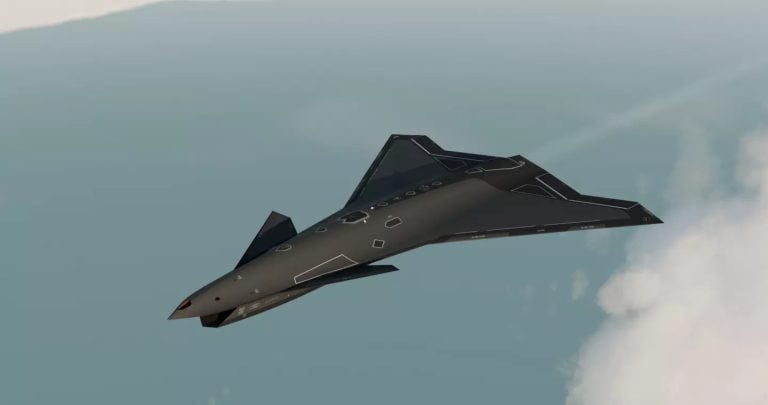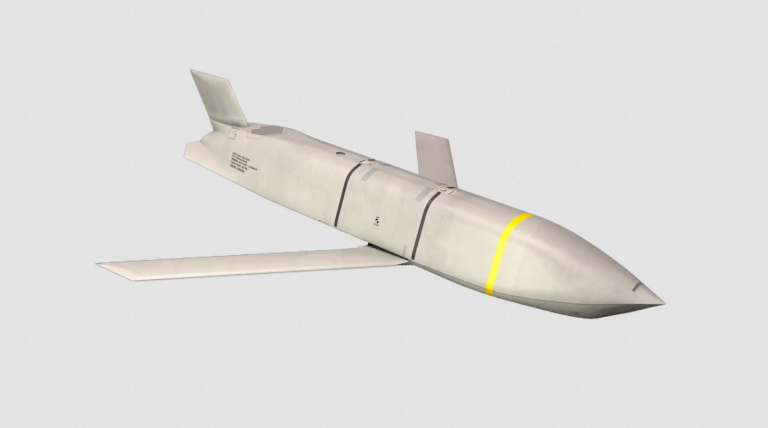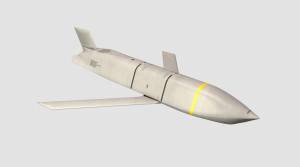The Lithuanian Army has taken significant strides in enhancing its air defense capabilities, testing Swedish-made missiles against high-speed unmanned aerial systems (UAS) near its Belarus border. This initiative is part of a broader effort to adopt effective solutions in countering aerial threats, underscoring the country’s commitment to bolster its military readiness.
In a video released this week, the Lithuanian Armed Forces showcased air defense troops utilizing the Saab Robotsystem (RBS) 70 NG surface-to-air missiles during live-fire demonstrations at the General Silvestras Žukauskas training ground in Pabradė, which is less than 10 kilometers from Belarus. Alongside the missile tests, armored vehicles equipped with machine guns participated in the drills, further emphasizing the multifaceted approach to combat readiness.
The RBS 70 NG missile system is notable for its advanced laser beam-riding guidance system, designed to offer high resistance to electronic or radar jamming. This system is operational day and night, regardless of weather conditions, and can neutralize airborne targets at distances up to 9 kilometers and altitudes reaching 5,000 meters. Its rapid deployment capability is impressive—ready to fire in approximately 45 seconds and capable of reloading in under five seconds when mounted on vehicles or in a man-portable configuration.
“Testing of weapon systems against drones at the General Silvestras Žukauskas training ground — some work the first time, some don’t. But that’s why we test and weapon crews train to attack this type of target,” stated the Lithuanian Armed Forces in a recent social media post.
These military drills follow the recent amendment of regulations permitting the Lithuanian military to engage unidentified or hostile drones proactively. This legislative change aims for a quicker response to airspace intrusions, particularly in restricted zones, contingent upon approval from the defense minister. This measure comes in the wake of two incursions involving Russian-made Gerbera kamikaze drones, one of which was armed with explosives, prompting Lithuania to close parts of its border airspace.
In conjunction with enhancing immediate defense capabilities, Lithuania is actively expanding its UAS training programs. Earlier this year, officials announced plans to open training centers aimed at instructing over 22,000 individuals—including 7,000 students—on building and operating tactical drones. The first three centers are set to open next month in Jonava, Tauragė, and Kėdainiai, with plans to expand to nine by 2028.
The training initiative, which has secured nearly $4 million in funding, will be executed through the Lithuanian Riflemen’s Union and the Non-Formal Education Agency, covering essential skills such as piloting, programming, and 3D airframe design for UAS.
Additionally, the Lithuanian military is set to enhance its drone detection capabilities by acquiring a Ukrainian acoustic detection system aimed at providing early warnings against enemy drones. Initial testing of this system is scheduled for this year, with full integration planned alongside U.S.-made equipment next year. The military is also expanding its use of drones, distributing reconnaissance UAS to infantry squads and field intelligence and strike UAS to higher units, highlighting a comprehensive approach to modern combat readiness.















